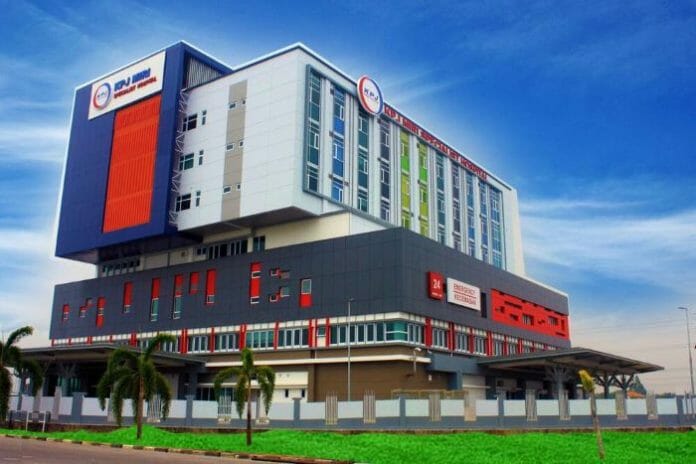KPJ’s new DSH2 hospital is viewed as a stepping stone for KPJ’s next digital transformation journey and building greater capabilities to capture the health tourism market.
In its report Maybank Investment Bank is keeping its FY23/24 earnings growth estimates of 30/20% on BOR recovery, growing bed capacity, and ongoing portfolio transformation. DSH2 – The DSH2 is KPJ’s most advanced hospital in its portfolio, housing a 258-bed capacity with an extra 2.6-acre land plot for a potential extension of another 200-bed facility. It features a breadth of 22 specialties and more digitalised ancillary services for added revenue potential. It has opened 60 beds at end-FY22, with the target to reach 123/205/265 beds by end-FY23/24/25E. The management said it aims to achieve EBITDA breakeven by end-FY23E, and PAT breakeven by FY25E, which is ahead of typical hospitals’ PAT gestation period of 4-5 years.
Boosting its health tourism mix in the medium term DSH2 could also springboard KPJ’s health tourism (HT) revenue mix
beyond the historical run-rate of 5-6% of revenue, to 10-15% in the medium term. Aside from robust demand and strong volume upside (HT mix lower vs neighbouring countries), it could charge up to 25% more for similar procedures, thus garnering higher margins. DSH2 has also secured panels from various international insurance providers in a short amount of time, thus opening up greater market reach. The hospital is expected to cater for up to 50% of its capacity for HT, and is one of 5 KPJ hospitals (out of 29) earmarked to be heavily focused on HT.
DSH2 boasts 40 resident consultants, whilst also supported by 100 session consultants across the Klang Valley region to ensure high-quality care. Its clinical hours use a 3-shift system to maximise consultant hour usage, whilst enabling greater flexibility for visiting consultants. Moreover, DSH2 is also continuously catering to decanted patients from public
hospitals on various critical procedures to boost its utilisation. Lastly, its new Health Information System (nHIS) is being implemented across the board to enable an integrated database across its portfolio of hospitals.









